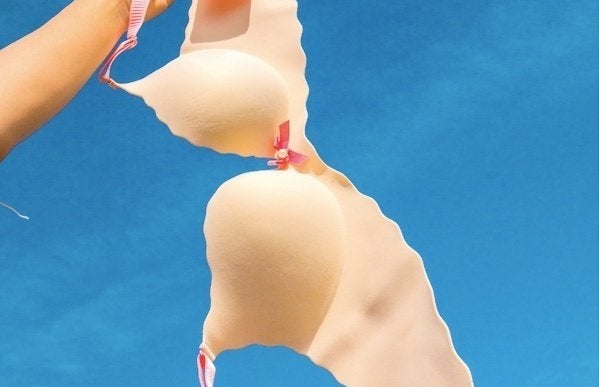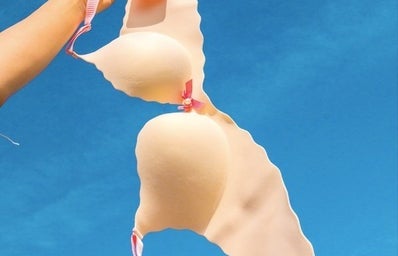Bras have been a part of the female wardrobe for decades now. Between bras, bralets and corsets, it has been perpetuated that women must perfect their natural shape. Unpacking the myths that contribute to a market of female shapewear is an act that is long overdue. The aim of this article is not to tell you that you should not be wearing a bra, rather to facilitate a discussion about why a woman choosing to go braless is met with stigma and resistance.
An important part of this discussion is the ‘Free the Nipple’ movement, which began circulating mainstream discussions when Miley Cyrus disputed Instagram’s strict ‘no nudity’ rules after they removed a stylised black and white photo of her which included the ‘#freethenipple’ hashtag. The campaign argues that women should be able to publicly expose their nipples in the same way that men do, garnering support from celebrities including Rihanna, Lena Dunham, and Liv Tyler. Although the movement is not about bras specifically, the resistance to equality in censorship on social media platforms like Instagram is telling of deeper societal attitudes towards the female chest.
In a conversation about bras, it is worth noting that women have been recorded wearing bra-like tops since the Bronze Age, with women of the Minoan civilisation on the Greek island of Crete reported to be wearing bikini-like garments in the 14th century. This has since evolved into a timeline of shapewear for the female anatomy, including corsets, underwire bras, bralets and push-up bras, with the market for such products only showing signs of growth. According to a report by Mordor Intelligence [1], by 2024 the global lingerie market is forecast to grow by 5.5%. In light of this data, it is worth considering why bras have become as profitable as they have become normalised, to the extent that choosing not to wear a bra is a talking point worthy of a whole article.
Contrary to what you might think, it is important to recognise that bras were made by men for women. Like razors, bras were cleverly marketed by men as an essential part of the female appearance. But, despite how long bras have been in circulation, the role of the bra is not unproblematic. According to Bustle [2], 85% of women are wearing the wrong bra size, with the average lifespan of an underwired bra being no more than six to nine months, seeing most bras ending up in landfill. Despite their marketable success, bras have also been subject to some false narratives. Firstly, it has been circulated that wearing underwired bras is linked to breast cancer, which has in fact been verifiably disproven by the NHS. Furthermore, it has been perpetuated that wearing bras reduces the sagging of breasts. However, Medical News Today [3] reports that, according to a French study, bras do nothing to reduce the sagging of breasts, contrary to popular belief. The study showed that breasts ‘collapse’ at the same rate in those who do and do not wear a bra, with those wearing a bra more likely to suffer from long-term back pain.
If science is concluding that bras do not reduce the collapse of breasts and have been correlated with long-term back pain, we must then ask ourselves why bras have become so commonplace. It is by no means surprising that those marketing bras to women are not disclaiming the long-term consequences of wearing them, which leads us to consider how the superficial nature of bras has been fed to women in a loud silence. As women, we don’t consider wearing a bra a gift to the male gaze – instead we are fed a narrative that tells us we need ‘support’ from puberty, when our breasts start to develop. Without further explanation, we swallow this message and do not question it.
As I said before, the aim of this article is not to dispute whether you should be wearing a bra or not. Instead, this article tries to get you to rethink why women are not only wearing bras, but also buying into the concept of bras.
If this conversation interests you, I would recommend looking up bloggers and influencers such as Come Curious and Naked Grapefruit, both of whom are female influencers seeking to rethink the female body positive space.
Sources:



